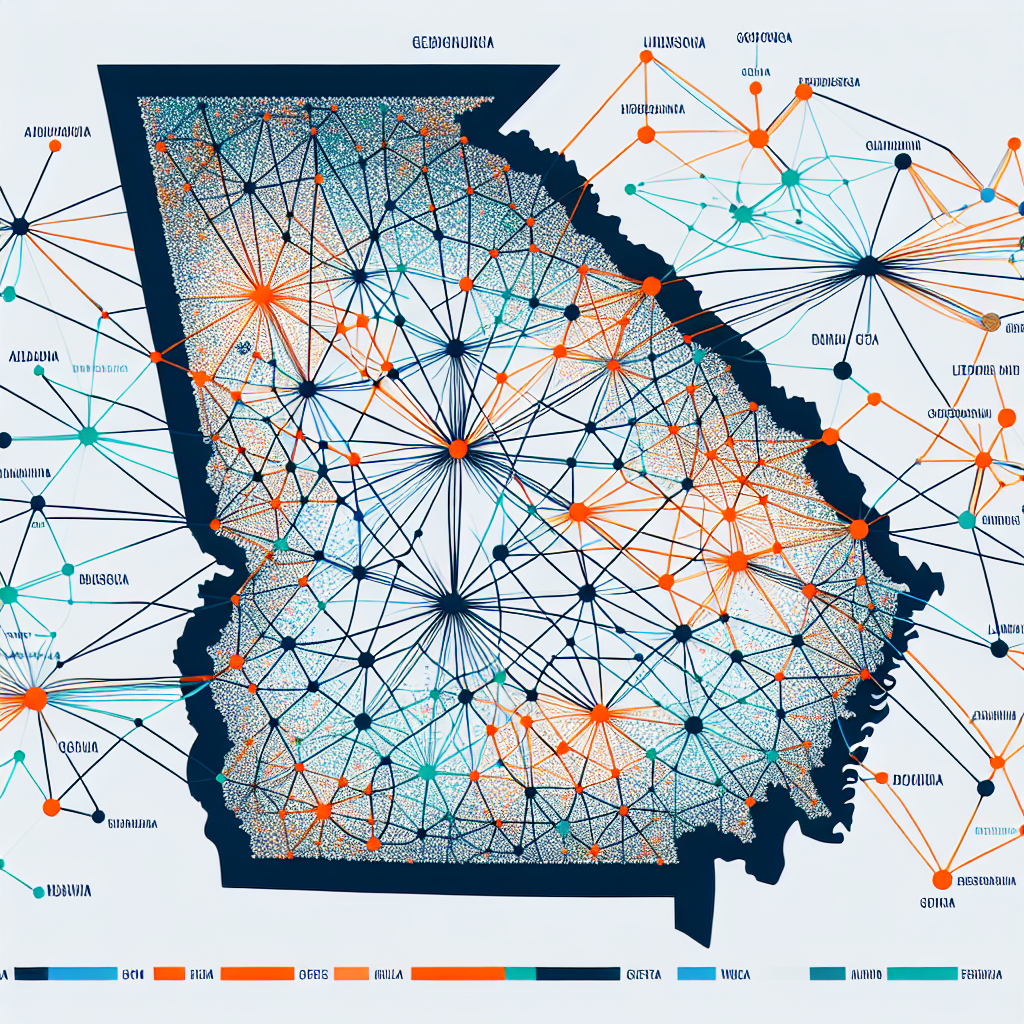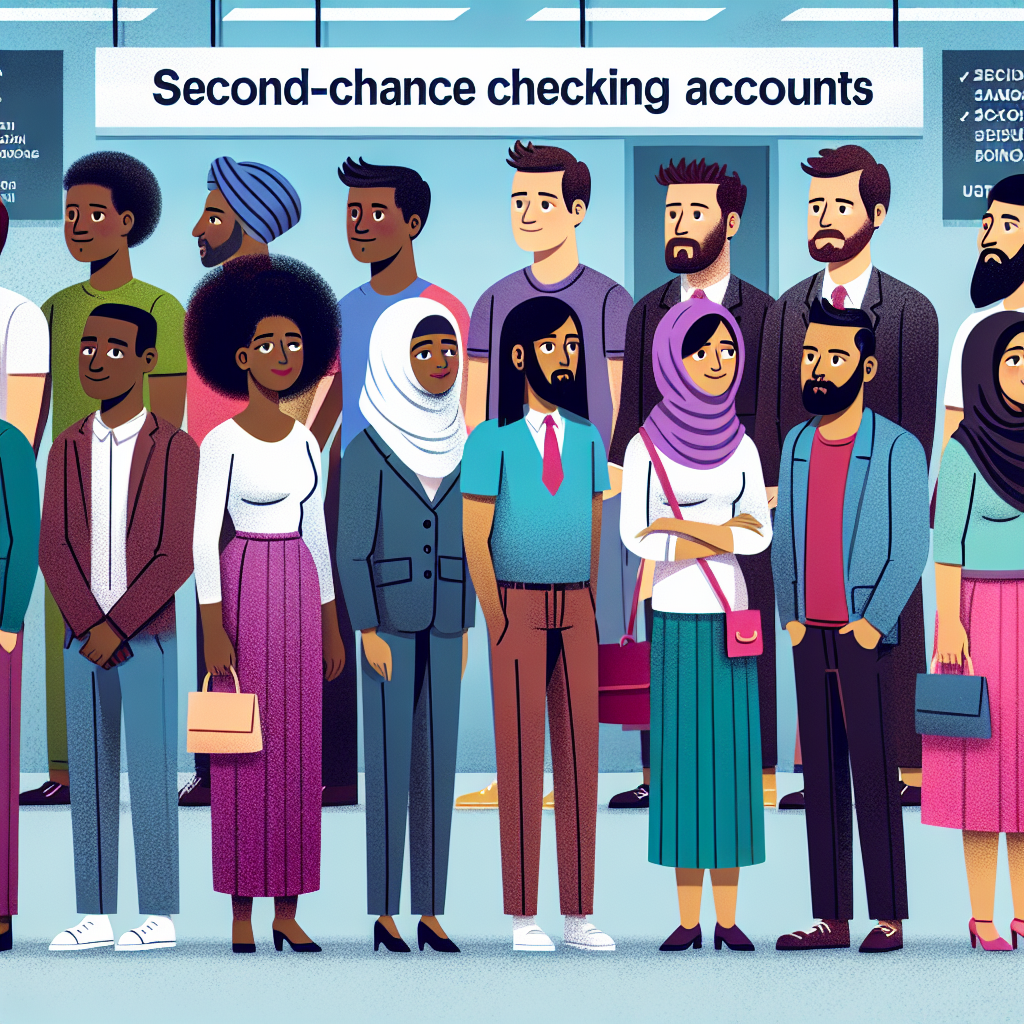Key Insights to Keep in Mind
- Loan options are exclusive to permanent life insurance policies like whole and universal life — term insurance simply doesn’t offer this feature.
- With life insurance loans, you tap into your policy’s cash value without having to surrender or cancel it.
- Interest rates on these loans usually hover between 5% and 8%, often undercutting rates on typical personal loans.
- Borrowing cuts into your death benefit, so it’s vital to weigh how that might affect your loved ones down the line.
For many, life insurance loans can feel like navigating a maze, full of uncertainty and mixed messages. At first glance, it might seem like a handy way to unlock cash — especially if your permanent insurance has built up a nice cash stash. But the reality is a bit more nuanced. Borrowing from your policy isn’t a free lunch; it comes with strings attached, chiefly the potential shrinkage of your death benefit if the loan lingers unpaid. To demystify it all, let’s peel back the layers of life insurance loans so you can weigh their pros and cons and decide if this financial move suits your situation.
Peeling Back the Curtain: How Life Insurance Policy Loans Really Function
There’s a thick fog of confusion around how borrowing against life insurance actually pans out. A lively Reddit discussion recently shed light on just how many myths swirl in people’s minds.
One user asked:
“Once you’ve got a $1,000,000 whole life insurance policy, how long before you can tap a credit line based on that policy?”
Some chimed in thinking you could access funds practically right away. But the truth? Patience is key. Cash value builds slowly — those early premiums mostly cover insurance costs rather than socking away cash. Early surrender charges are steep too, making the pool of borrowable funds skimpy at first.
Separating Myth from Reality
| Cash Value vs. Death Benefit | You borrow only against the cash surrender value, not the full death benefit or face value. The cash value takes years to build enough to borrow against. |
| Loan Limits | Typically, insurers let you borrow up to 90-95% of your cash value. But every dollar borrowed chips away at what’s left for heirs and might even kill the policy if the loan grows unchecked. |
| Interest and Risks | Interest doesn’t take a coffee break — it stacks up and can eclipse your cash value, risking policy termination if unmanaged. |
| Multiple Loans | You can juggle several loans if your cash value supports it, but it demands vigilance to avoid a ballooning loan balance. |
Loans, Withdrawals, and Surrenders: Clearing Up the Jargon
A lot of folks mix up loans, withdrawals, and surrenders when talking about life insurance cash access. Another Reddit user shared their dilemma:
“I’ve had a Variable Universal Life policy since 2019. I’m eyeing buying a new car using the cash value. Should I borrow or surrender the policy? I think a loan sounds better since I’d pay it back, but my insurance agent was ambiguous.”
The confusion here is common. What they call a “surrender” is likely a withdrawal, which is a crucial difference, since each choice affects your policy in distinct ways.
Their concern? Pulling out $45K to $50K might reduce the death benefit. While true if they withdraw, a loan, if not repaid, racks up interest that can slash the payout by even more over time.
Understanding Each Option
- Loans: You borrow against your cash value, which remains untouched but is collateral for the loan. You can repay at your pace, but unpaid interest stacks up, shrinking the death benefit and risking policy lapse if it balloons.
- Withdrawals: This means permanently removing funds from your policy’s cash value — no repayment involved. It lowers both your cash value and death benefit straightaway. Despite the Reddit user’s term “surrender,” withdrawal is just taking out part of the cash, not canceling the whole policy.
- Surrender: Canceling your policy outright to cash out the surrender value ends your coverage completely, leaving your beneficiaries with no death benefit. Plus, charges often bite into the payout if within the policy’s early years.
How to Score a Loan from Your Life Insurance Policy
Only certain policy types qualify for loans:
- Whole Life Insurance: Fixed premiums and guaranteed death benefits with steady, predictable cash value growth.
- Indexed Universal Life (IUL): Cash value tied to market indices like the S&P 500 — potential for more growth but with market swings and caps.
- Variable Universal Life (VUL): Lets you invest cash value in stocks, bonds, or money markets — higher risk and rewards as cash value fluctuates.
Once your policy’s cash value reaches a decent threshold, obtaining a loan is surprisingly simple — no credit checks or lengthy approvals needed. You just request an amount, the insurer sets your interest, and the loan is created. The catch? Repayment terms are flexible but not mandatory.
Though you’re not forced to pay back immediately, it’s wise to do so. Ignoring the balance lets interest pile up, potentially shrinking your death benefit or even causing your policy to lapse. Handle with care!
Do You Really Have to Repay Life Insurance Loans?
Generally, yes. Most policies expect loan principal plus interest to be settled during your lifetime, preserving the full death benefit for heirs.
If left unpaid, the loan and interest subtract from the death benefit when you pass, cutting into what your beneficiaries receive. Worse, if the combined amount surpasses your death benefit, your policy may lapse, leaving no payout at all.
Peeling the Layers: Pros and Cons of Life Insurance Loans
Life insurance loans are a tempting financial tool — offering relatively low-interest borrowing with no credit hurdles. But before you dive in, consider these key advantages and pitfalls:
- Cash value takes time: Years may pass before there’s enough to borrow.
- No red tape: No credit checks or approval headaches.
- Death benefit shrinks if unpaid: Interest compounds, loans balloon, and coverage may vanish.
- Repayment is flexible: No fixed schedule; pay as you please, or even skip repayments (risky!).
- Stealth borrowing: Loans don’t show up on credit reports.
- Tax alert: If your policy lapses with a loan exceeding your premiums paid (cost basis), you could owe income tax.
Before deciding, explore other options like personal savings or low-interest loans that don’t jeopardize your policy or your family’s financial cushion. And consulting a financial advisor can shed light on what suits your unique situation best.
Snapshot: Life Insurance Loan Facts
According to recent data, the average interest on life insurance loans ranges between 5% and 8%. Typically, lenders allow borrowing up to 90-95% of your policy’s cash value. Be aware that loans left unpaid can erode the death benefit significantly, sometimes leading to policy lapse if the loan balance surpasses the cash value. These loans are invisible to credit bureaus, ensuring your credit score remains unaffected.
Handling the Common Questions
Which life insurance company tops the charts?
Picking a provider boils down to tailoring your coverage to your needs and checking their financial strength ratings — a solid indicator of their ability to pay claims over time. Comparing quotes helps nail down the best bang for your buck.
How much life insurance do I really require?
The answer varies. Consult with a financial planner to crunch your numbers and balance your coverage with your lifestyle and responsibilities.
Term vs. Whole Life: What’s the smarter pick?
Term insurance hooks you up with protection for a defined period — say 10, 20, or 30 years — when financial burdens like mortgages and education expenses peak. It’s budget-friendly for these crucial years. Conversely, whole life covers you for life, often up to ages 95-121, and grows cash value steadily. Though pricier, it offers lifelong peace of mind and fixed premiums. Your choice hinges on whether you want cost-effective temporary coverage or enduring protection with built-in savings.
How long before cash value takes root?
Timing depends on policy type and premium style:
- Whole Life: Grows cash value gradually but surely.
- Universal Life: Cash value growth bends with premium flexibility.
- Variable Life: Growth tied to market performance — bigger rewards, bigger risks.
- Payment Styles:
- Ordinary pay: Slow build-up with lifetime premium payments.
- Single premium: Immediate cash value, but requires a hefty upfront amount.
- Limited pay: Faster cash value growth by paying more premiums in a shorter window.








